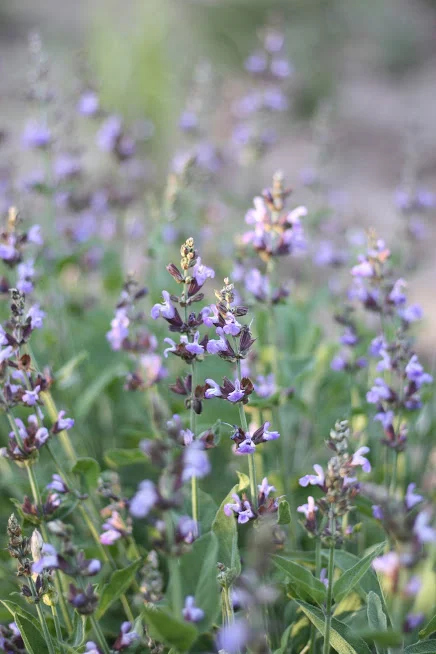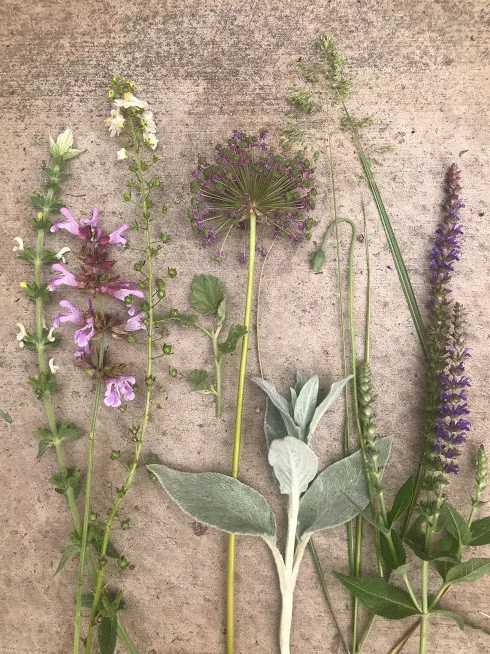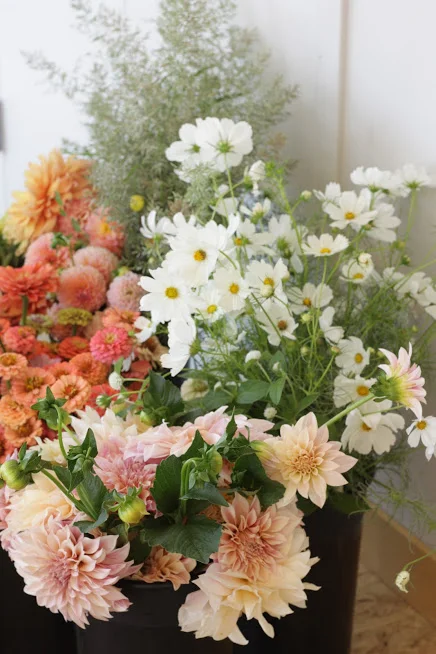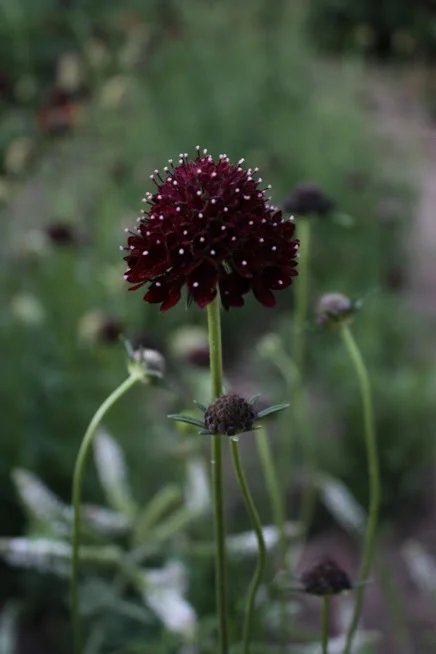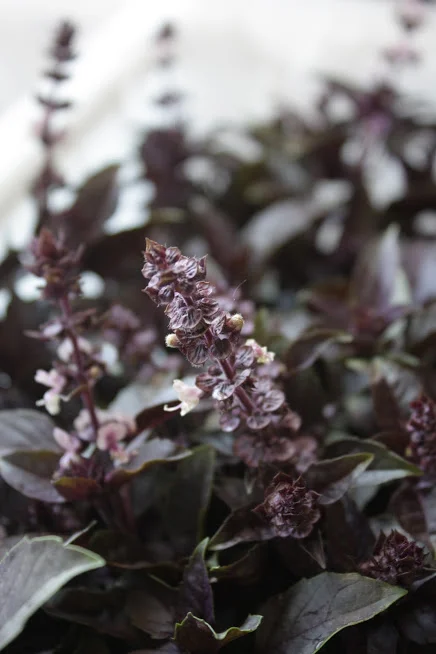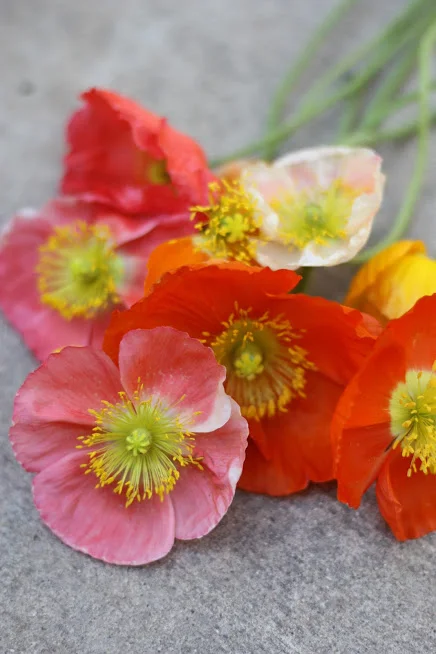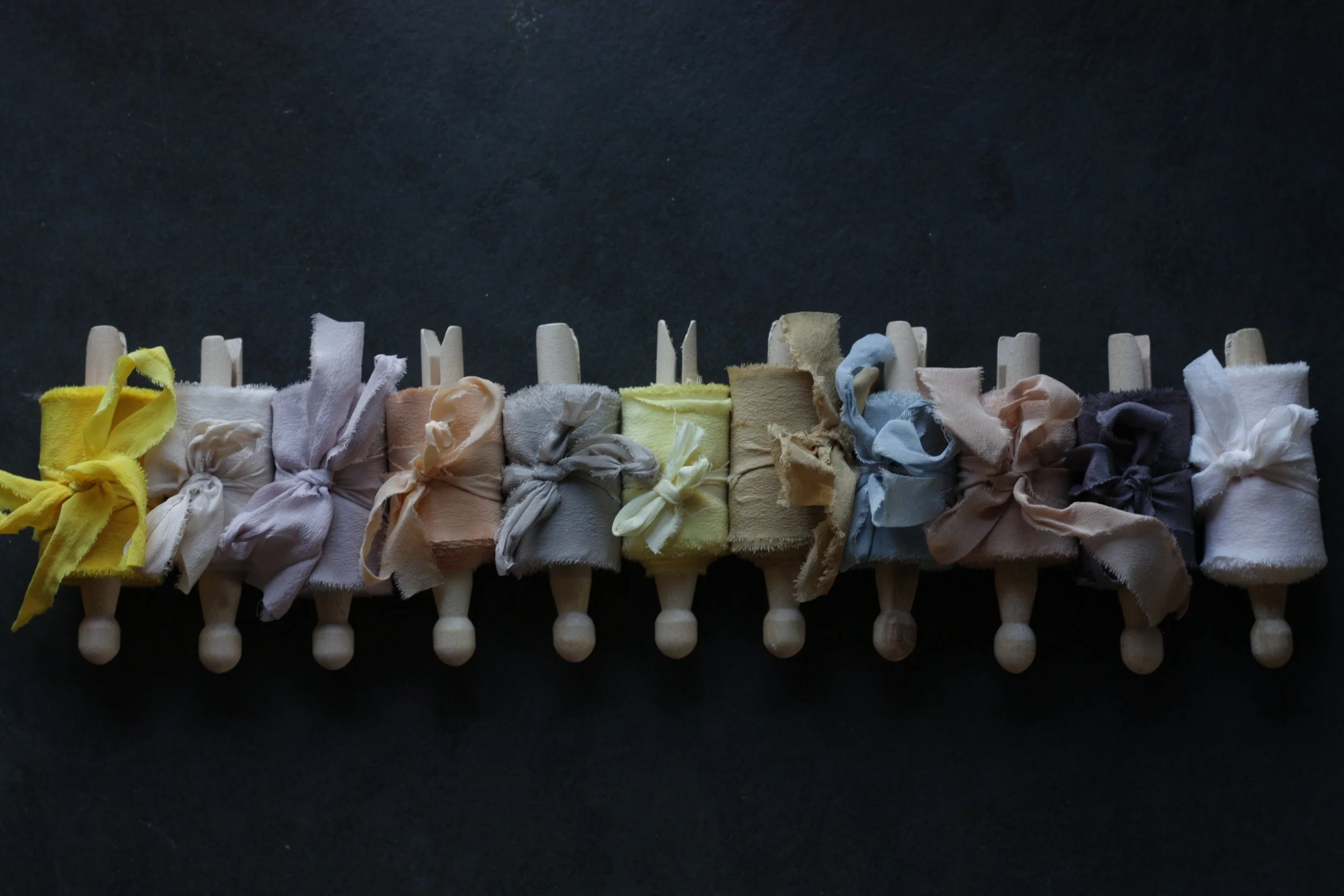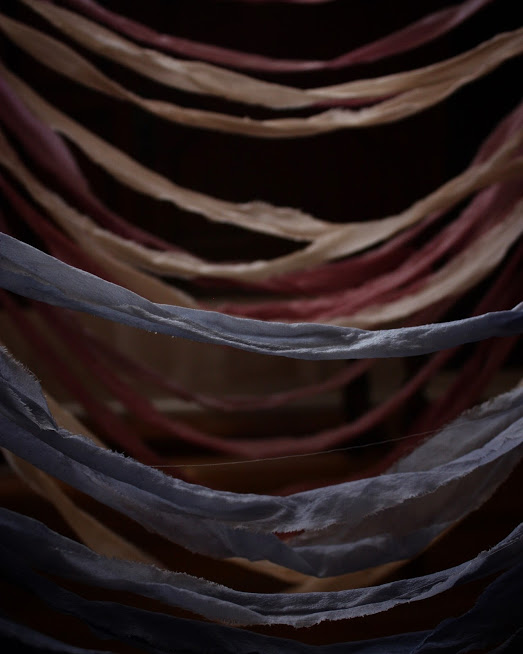Sages are one of our favorite plants to grow in the garden. They are vigorous, quick-growing, handle extreme heat and cold without flinching, ad have brightly colored blooms on long stems that make for great displays in the garden as well as in floral design.
I think that sage has always had a place in our garden, but it wasn’t until recently that we started appreciating it so readily. Living in New Mexico where salvias get large and shrubby certainly has something to do with it, but I think an awareness of the fondness of salvias in the UK has really helped them to grow on us.
Read More